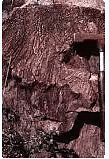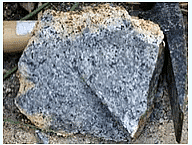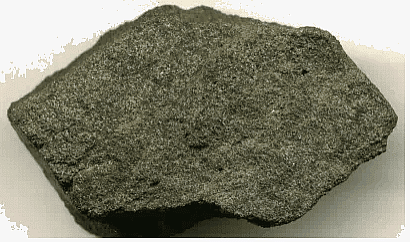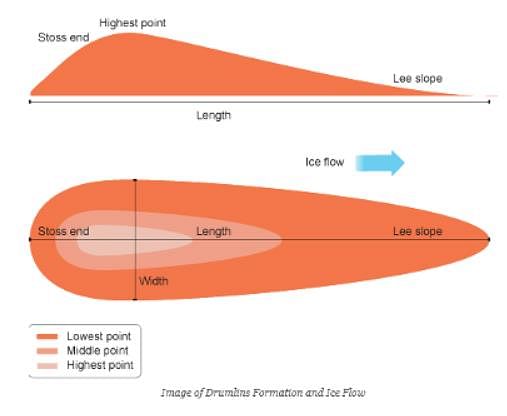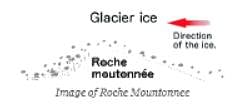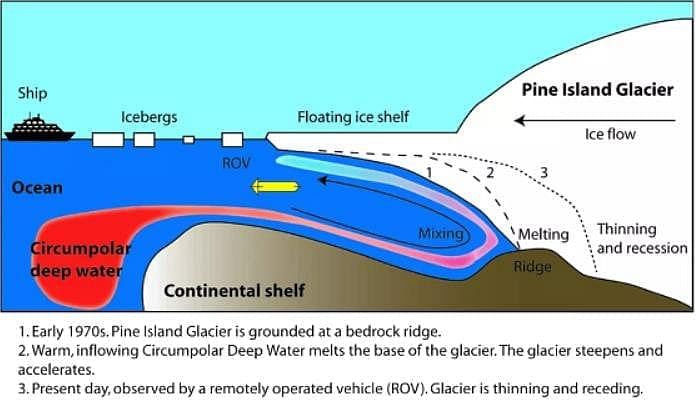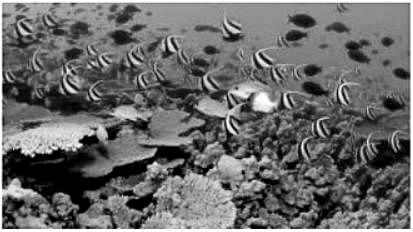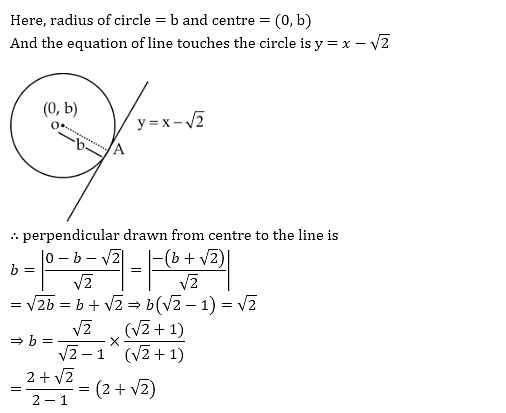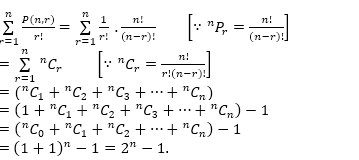CSIR NET Earth Science Mock Test - 2 - CSIR NET Earth Science MCQ
30 Questions MCQ Test - CSIR NET Earth Science Mock Test - 2
Which one of the following wavelengths of visible spectrum penetrates deepest in the oceanic euphoric layer?
In The Quaternary Period, sea level was the highest at (December)
| 1 Crore+ students have signed up on EduRev. Have you? Download the App |
The Elastic Rebound Theory is associated with
The place which experiences the seismic event first is called
The density range lies between 2.5 and 4.5 g/cc for
The ocean seaways/gateways play a critical role in the evolution of global ocean circulation, climate, and marine biota. What is the approximate timing of closing of panama isthmus?
In which of the following environments do sediments show the poorest sorting?
In which among the following throughflow pathways does the water travel through the finest soil pores?
Match the rocks/minerals with their Indian occurrences.
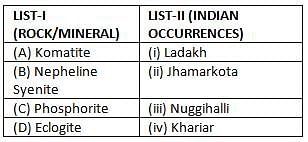
(A) (B) (C) (D)
Match the following plate boundaries, tectonic processes and geographic examples
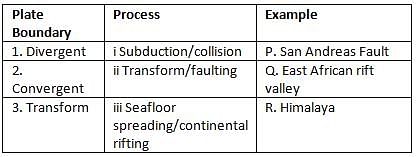
Which one of the following element’s residence time is less than that of the residence time of sea water 103 to 104 years?
Percentage of total gaseous mass of the atmosphere contained in the troposphere is
Which of the following are examples of river training works?
i. Groynes or spurs
ii. Guide bank system
iii. Levees or embankment
iv. Pitched islands
v. Bank protection and pitched banks
Which of the following causes the dissipating stage of a thunderstorm?
Tidal amplitude increases from south to north along the west coast of India because of the increase in the
Which of the following statement about river channel velocity is correct?
The temperature and pressure at which the three phases of water co-exist known as the triple point occurs at the temperature of
Compared to clay, fine grained sandstone has
Identify the correct pair of glacial landforms that provide information about the direction of ice motion.
Which of the following clouds is most likely to produce hail?
Pre-Holocene events that coincided with the destruction of nor them hemisphere ice shelves and release of large volume of sea ice, icebergs and fresh water into the oceans are known as
Coral reef ecosystems are oases of life in the oceans, because of their ability to
The river valleys are typically of which shaped sections?
We have, centre = (3, 4) and radius = 5 equation of circle having centre (h, k) and radius a is (x - h)2 + (y - k)2 = a2
⇒ (x - 3)2 + (y - 4)2 = 25
For x-intercept
Put y = 0, we get (x - 3)2 + 16 = 25 ⇒ (x - 3)2 = 9
⇒ x - 3 = 3 and 3 ⇒ x = 6 and 0
For y-intercept
Put x = 0, we get 9 + (y - 4)2 = 25 ⇒ y - 4 = 4 and -4 = y = 8 and 0
Hence, the x-intercept is 6 and y intercept is 8.
Which of the following has the lowest albedo % ?
During winter the western cyclonic disturbances originate from
Which of the following is the only producer state of diamond in India?
Which type of compressive strength is taken as the most important index property of stones?


